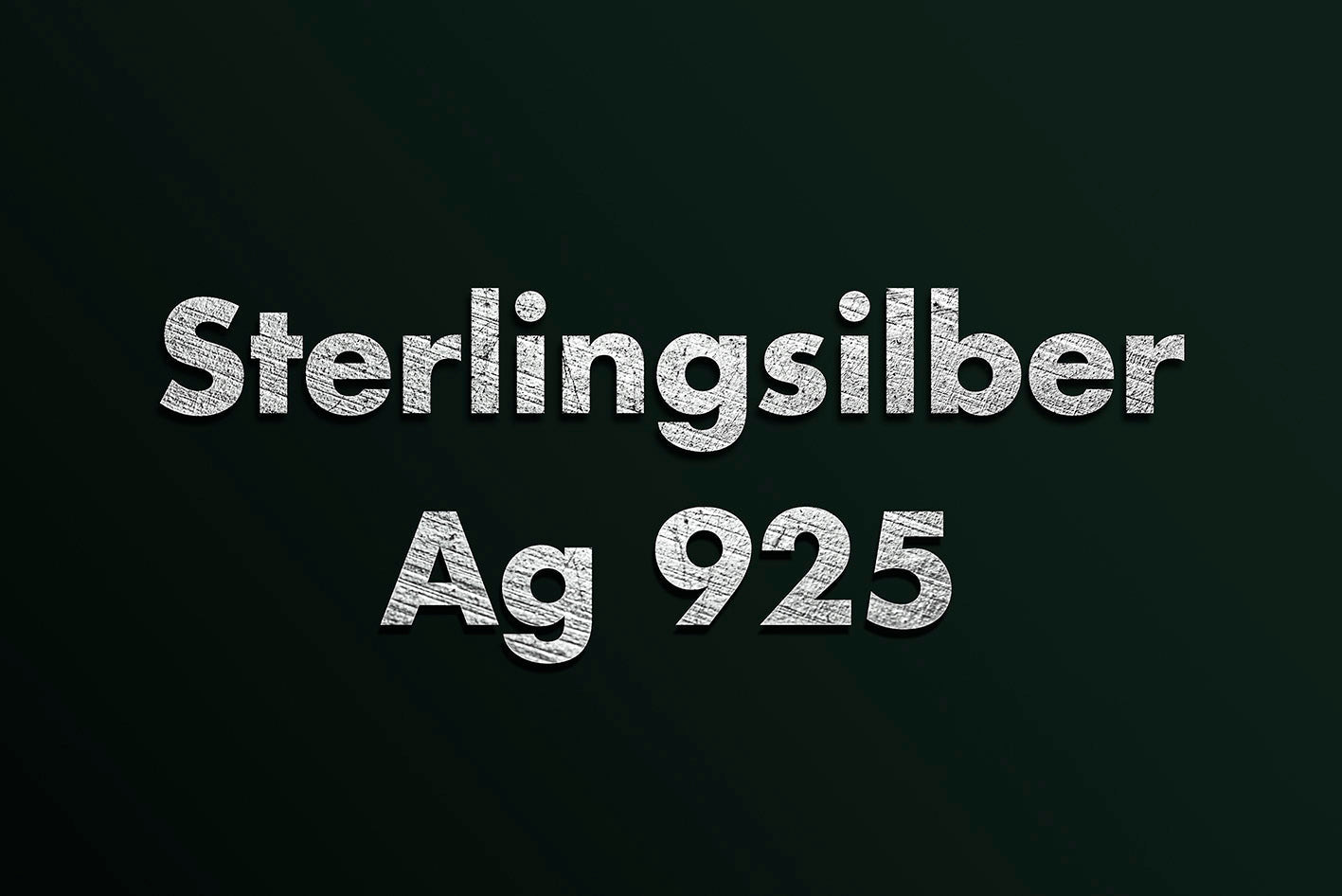Silver has fascinated people for millennia because of its beauty and unique luster. It reflects over 99.5% of the light it encounters, making it the whitest and brightest of all metals. Like all precious metals, it is exceptionally durable and resistant, and does not corrode in air or water.
Alloying optimizes the properties
However, while pure silver is easily malleable, similar to gold, it is also very soft and not particularly suitable as a precious metal for jewelry, coins, or cutlery. To optimize its mechanical properties, especially its hardness, the very soft fine silver is usually alloyed ( fused ) with other metals. This creates silver alloys with varying purities but significantly higher degrees of hardness. The most common alloys are 800, 835, and 925 silver. We use exclusively 925 sterling silver with a purity of 92.5% silver and 7.5% copper. This very high-quality silver is one of the most beautiful jewelry metals, but also very demanding to process.
The origin of the name lies in England
Only the 925 silver alloy bears the name sterling silver, which is derived from the British pound sterling. Sterling silver was The metal of the early English silver pennies of the 12th century, which were also called sterling. This name was in turn a shortened version of the word Easterling, indicating the origin of these coins from mainland Europe (coming from the East). Today, the nickname sterling serves only to distinguish the British currency from the currencies of other nations that also use the word pound. However, the term sterling silver has remained for this high-quality and beautiful 925 silver alloy.
